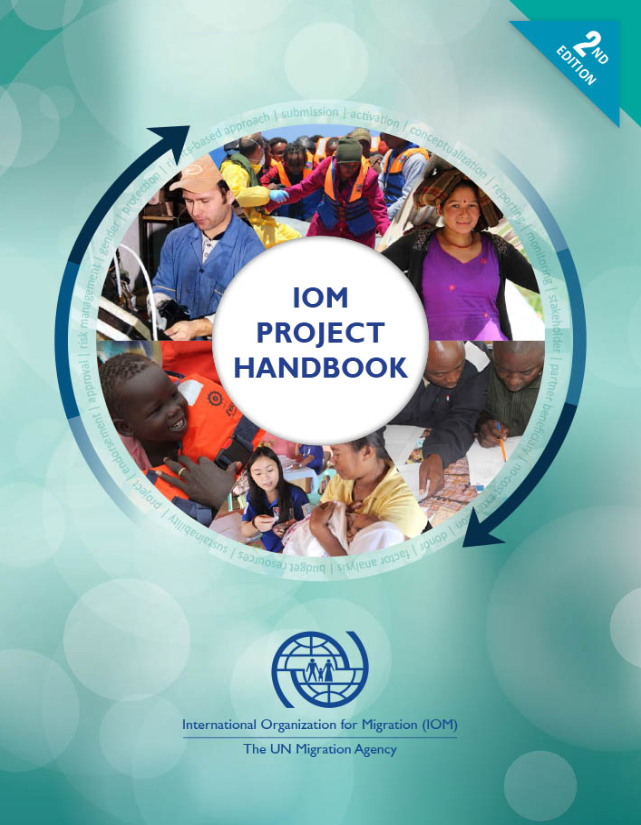The IOM Handbook on Direct Assistance for Victims of Trafficking

IOM has had some 13 years of experience in implementing counter-trafficking activities and has provided assistance to over 14,000 victims of trafficking in all regions of the world. With a growing number of organizations, especially local non-governmental organizations, now providing or intending to provide assistance to victims of trafficking, IOM would like to share its experience and lessons learned. This Handbook summarizes and systematizes this experience. IOM recognizes that each victim is unique and requires and desires different assistance. As well, the nature of trafficking is different around the world and is ever evolving, requiring changing responses. Therefore, this Handbook is not meant to provide a single methodology for the provision of assistance to victims of trafficking, but to offer suggestions and guidance, based on IOM’s many years of experience. IOM hopes that it will be helpful to all organizations providing such assistance to victims, but especially for organizations who are just beginning to develop victim assistance programmes and can benefit from IOM’s experiences. This Handbook provides guidance and advice necessary to effectively deliver a full range of assistance to victims of trafficking from the point of initial contact and screening up to the effective social reintegration of the individuals concerned.
Country
Worldwide
Region
Worldwide
Year
2007
Topics








